See November's Full Beaver Moon light up the sky around the world (photos)
The second to last full moon of 2023 was captured by photographers across the globe on Monday (Nov. 27).
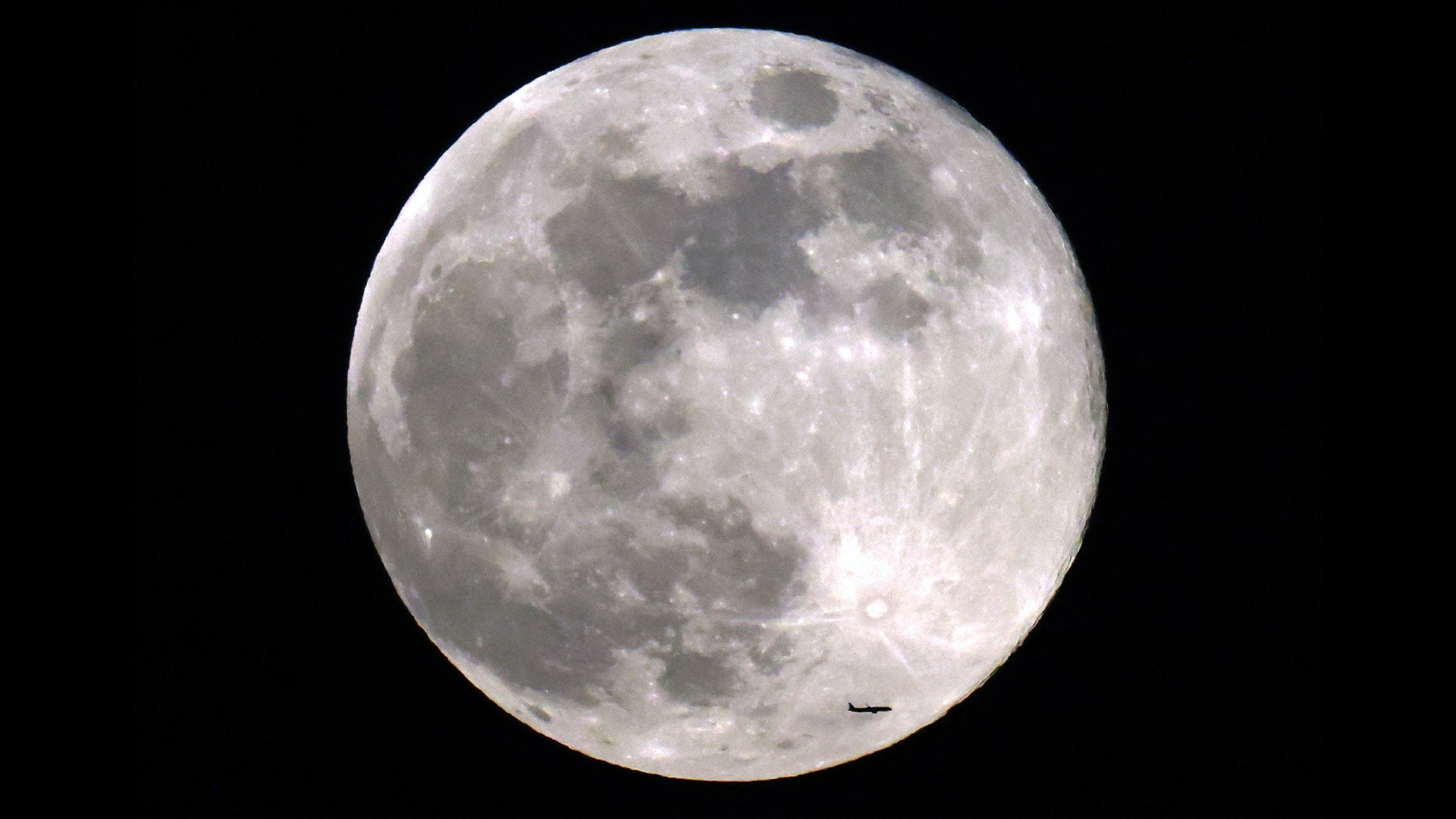
The second to last full moon of 2023 has risen and set, brightening the November night skies and giving photographers and moon enthusiasts across the globe the opportunity to capture some truly stunning images.
The Full Beaver Moon gets its name from the fact that it roses at the time of year when beavers are beginning to retreat to their dens for winter. It also refers to the fact that this was the time of year when trappers would hunt beavers for their thick Winter Pelt.
If you missed the moon in its full glory this week, these pictures will help you relive it and get excited for the next full moon and the last of 2023, December's Cold Moon, which rises on Dec. 26.
Related: Full moon calendar 2023: When to see the next full moon
Ken Kremer of Space UpClose caught the Full Beaver Moon photobombing a streak formed by the launch of a SpaceX Falcon 9 rocket carrying 23 Starlink spacecraft as it lifted off from Florida's Cape Canaveral Space Force Station on Nov. 27, 2023.
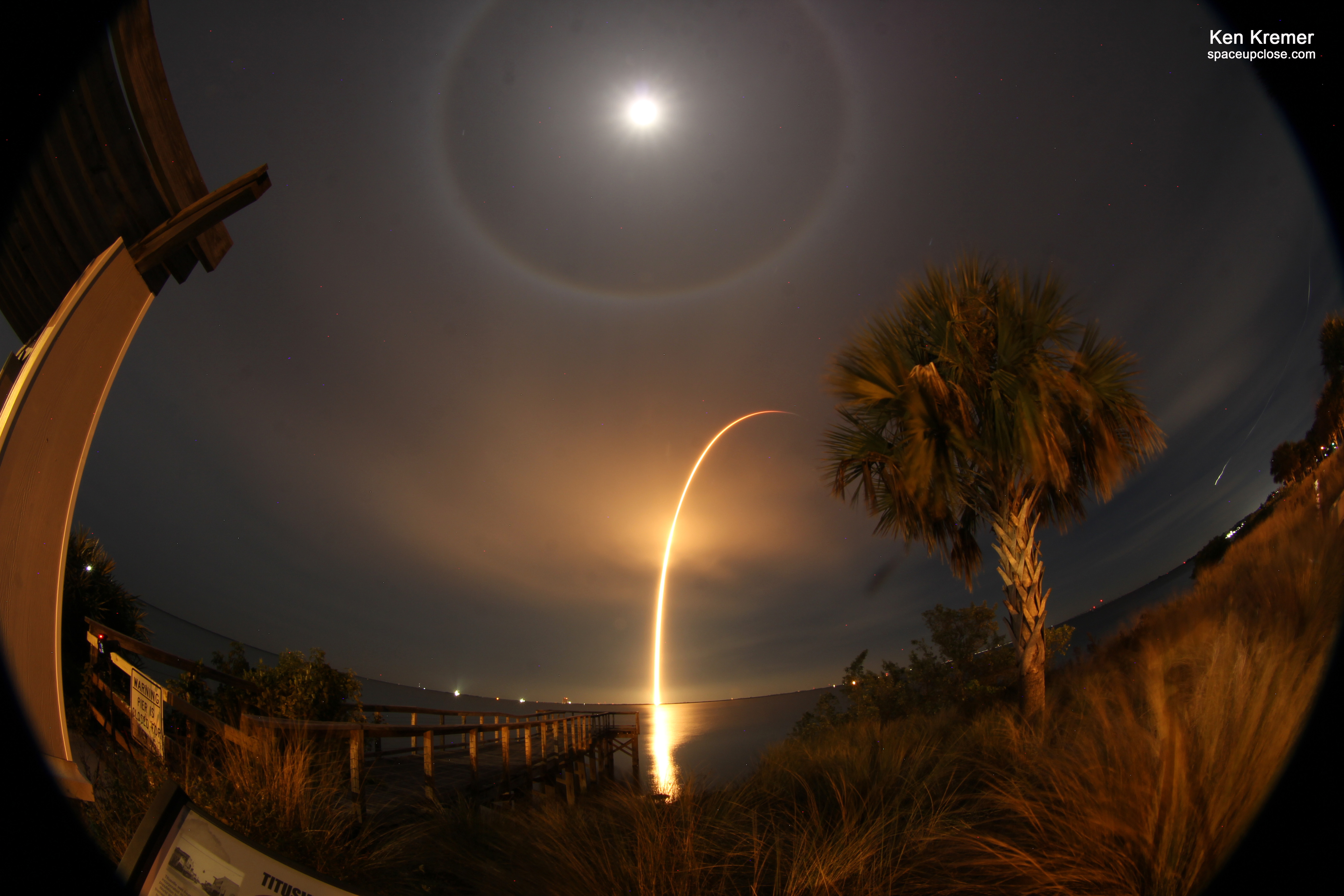
Photographer Robbie Sydney caught the Full Beaver Moon as it appeared to grace the top of the Sydney Opera House in Sydney, Australia.
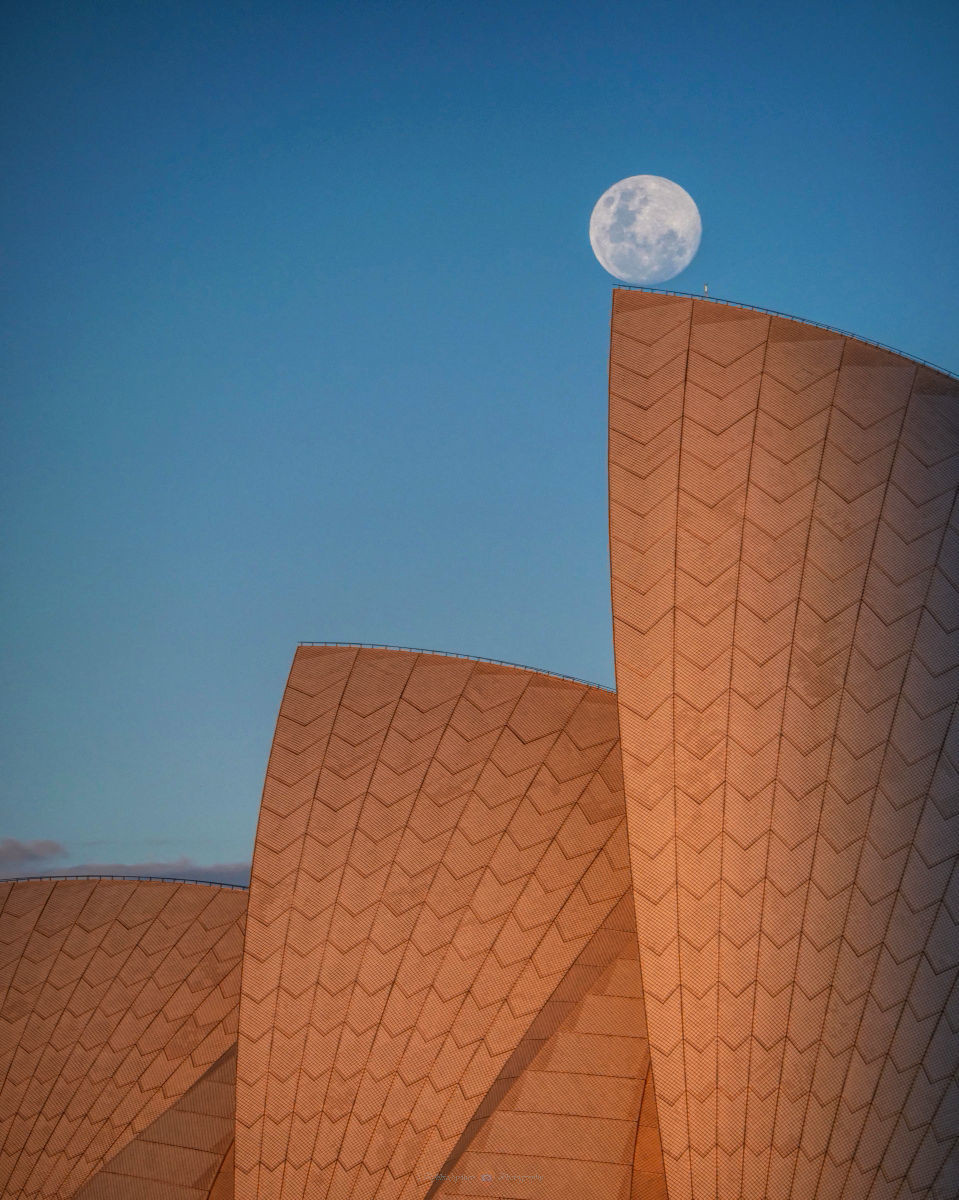
As seen around the world, the Beaver Moon took on a variety of different visages based upon the conditions under which it appeared. For example, in San Francisco, Photojournalist Tayfun Coskun caught the Full Beaver Moon over the abandoned Alcatraz prison glowing with an impressive orange hue.
Get the Space.com Newsletter
Breaking space news, the latest updates on rocket launches, skywatching events and more!

The Beaver Moon was more subtle and restrained as it manifested over New York City, peaking through the clouds and appearing as a silver disk with almost wispy edges. Journalist Gary Hershorn captured the Full Beaver Moon contrasted against the bright lights of the city that never sleeps.
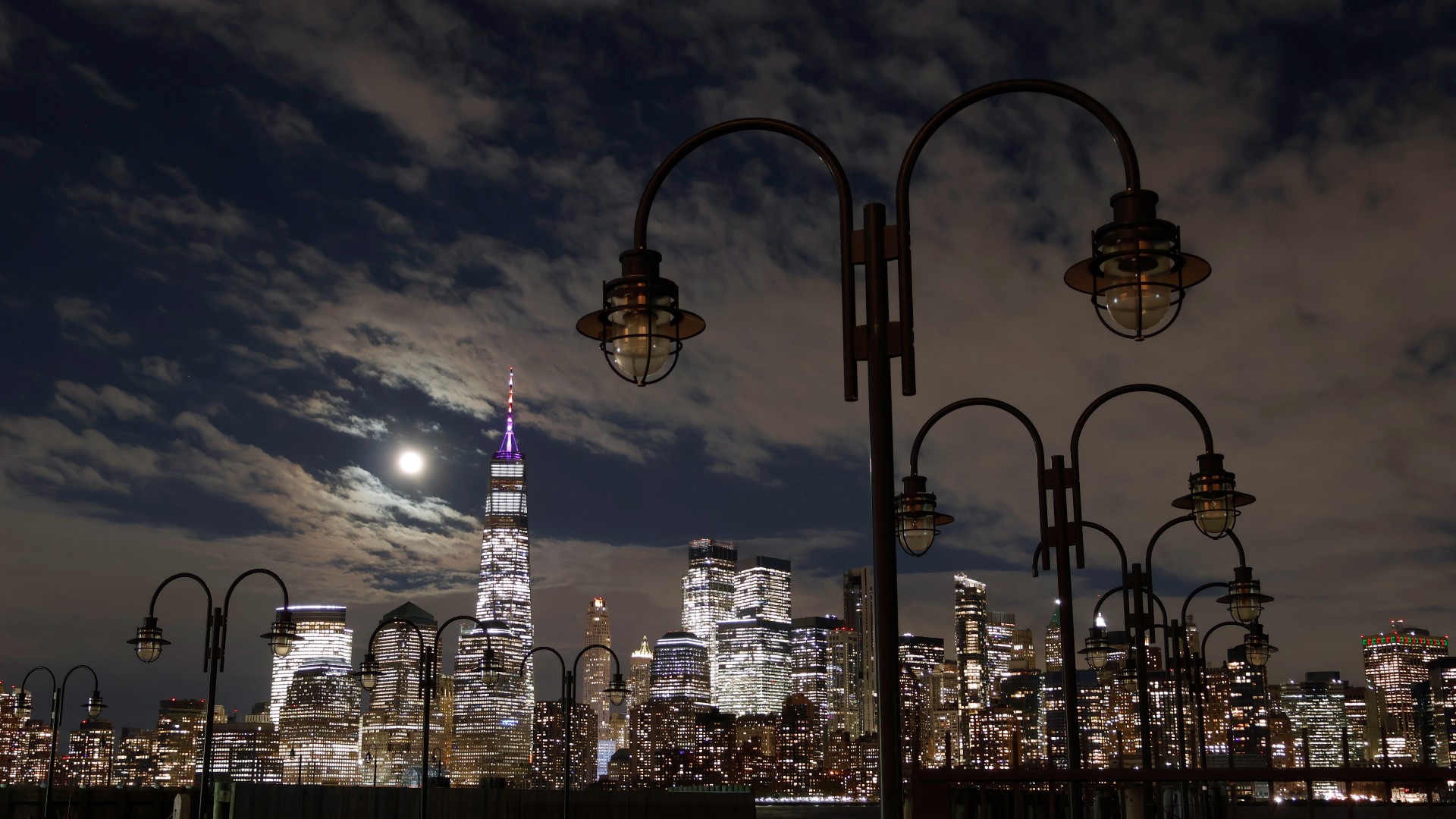
Photographer Lorenzo Di Cola witnessed the "moon illusion" over Monte Prena Mountain in Italy, causing the full moon to look incredibly large compared to the mountains from behind which it emerged.
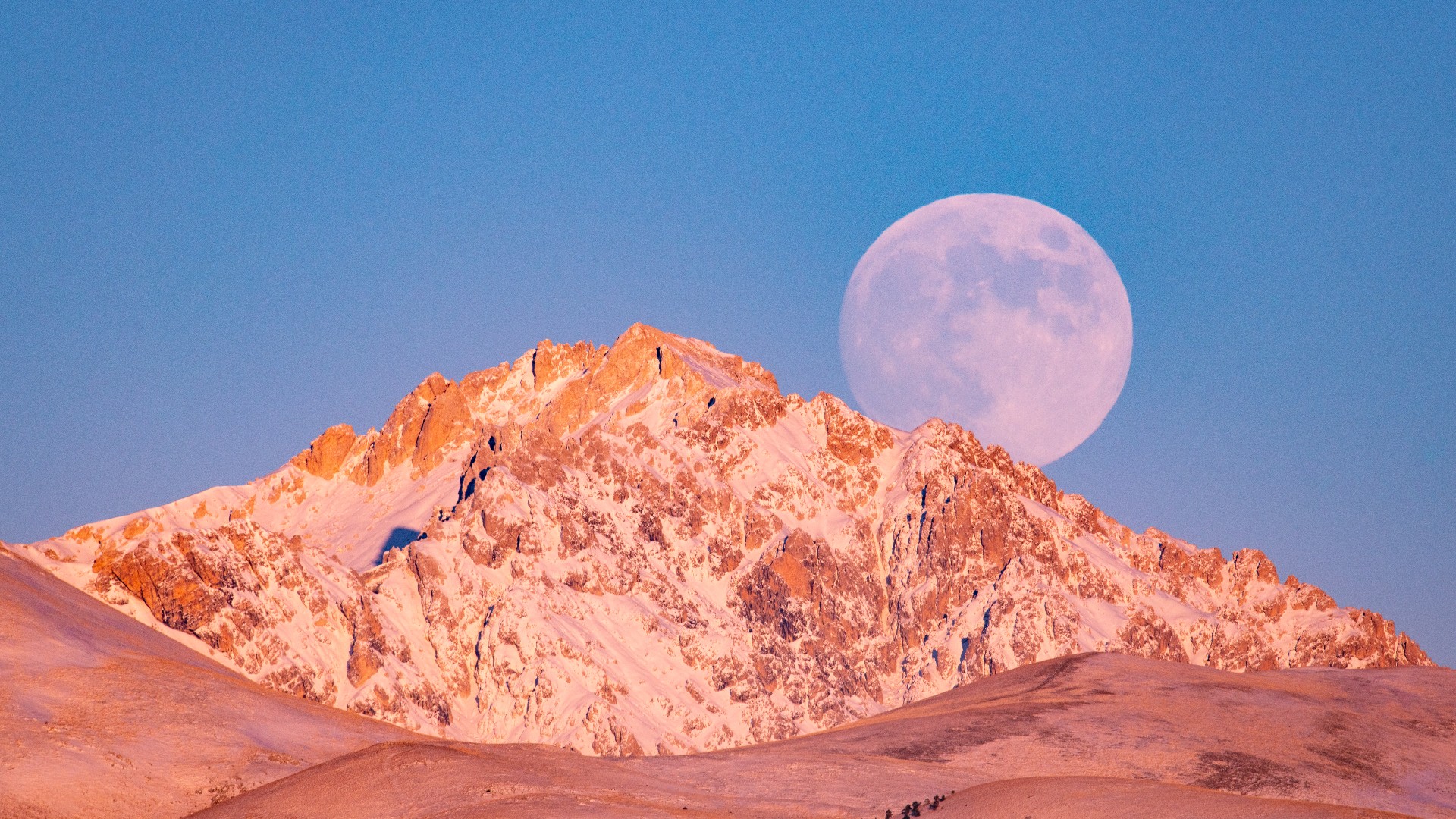
Journalist Gary Hershorn captured the Beaver Moon contrasted against the bright lights of the skyline over 42nd Street in New York City.
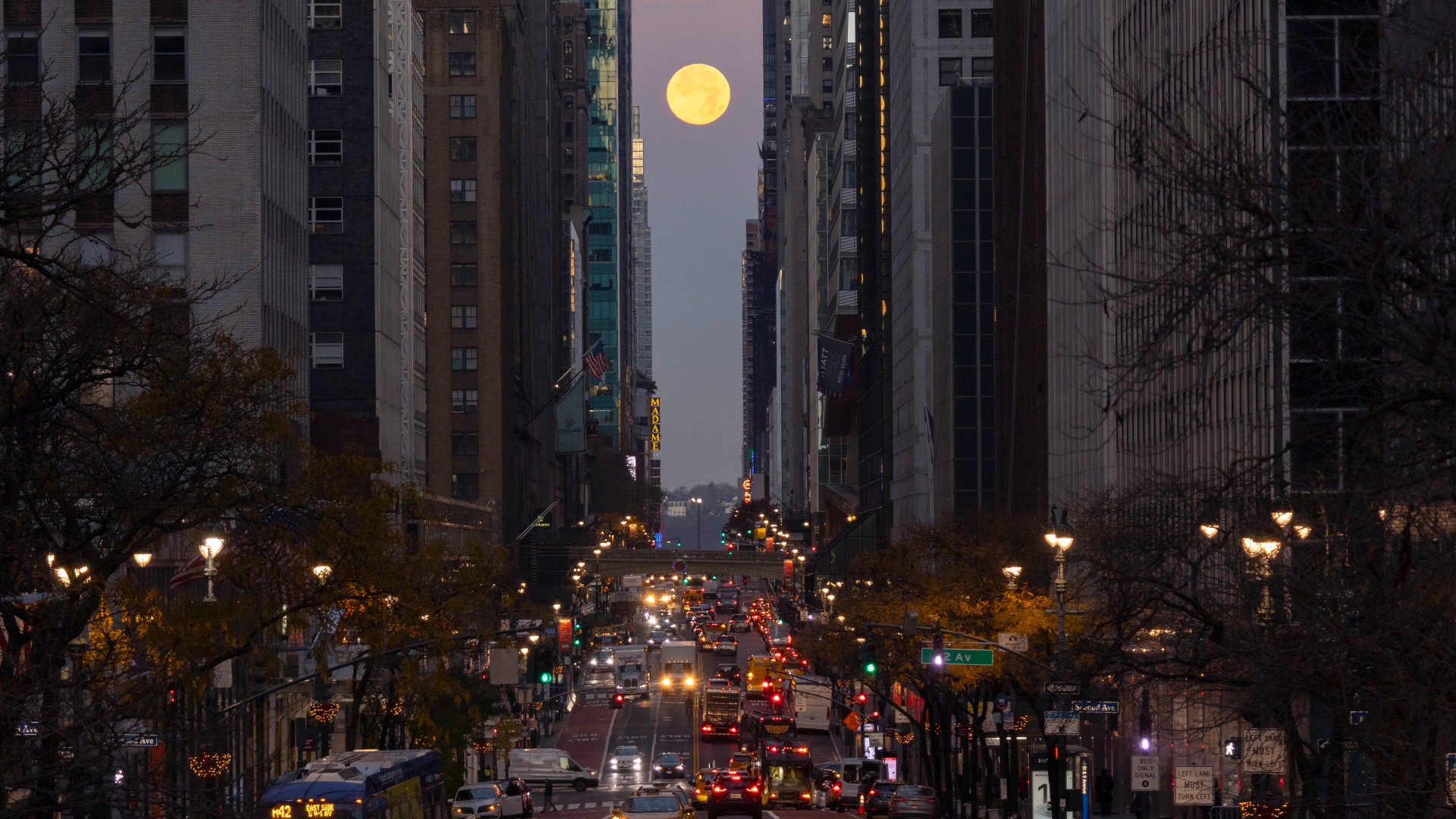
For other moon photographers, the dark November clouds were more of a hindrance in capturing some stunning moon imagery. In the UK, X/Twitter user Victoria in the Fens described capturing the Beaver Moon during a brief gap in the clouds over Cambridgeshire.
It didn’t manage to catch the Full Moon at moon rise, but we had a short gap in the clouds just now for the lovely Beaver Moon to say hi 👋🏼🌝💫🥰Ely, Cambridgeshire#BeaverMoon #FullMoon #VeryHappy pic.twitter.com/rNszxIE6DYNovember 27, 2023
Another X user, Jamal Nasir, who goes by the fitting handle "the MoonGuy," caught some incredible images of the Beaver Moon from Glasgow, Scotland, after moving there from his home country of Pakistan to complete his Masters degree. The stunningly detailed images were described as possessing "ethereal beauty" by another X user. An alternative name for the Beaver Moon is the Frost Moon — and Nasir's images show it looking suitably chilly.
The Beaver Moon 2023 pic.twitter.com/KdtIqxqOI2November 27, 2023
November's full moon wasn't just visible in stunning images either. X user Matt Lantz captured a stunning timelapse video of the Full Beaver Moon rising over Fort Worth, Texas, showing it in all of its imposing glory.
November's Full Beaver Moon rising behind the skyline of Downtown Fort Worth this evening. #FortWorth #Texas #moon #fullmoon #BeaverMoon #dfwwx #txwx #ntxwx pic.twitter.com/saV6C821tuNovember 28, 2023

Looking for a telescope to see the moon? We recommend the Celestron Astro Fi 102 as the top pick in our best beginner's telescope guide.
If these stunning full moon images have whet your appetite for observing the moon yourself and you're hoping to catch a look at the Cold Moon next month, our guides to the best telescopes and best binoculars are a great place to start.
And if you're looking to snap photos of the next full moon or the night sky in general, check out our guide on how to photograph the moon, as well as our recommendations for the best cameras for astrophotography and best lenses for astrophotography.
Editor's Note: If you snap an image of the Cold Moon and would like to share it with Space.com’s readers, send your photo(s), comments, and your name and location to spacephotos@space.com.
Join our Space Forums to keep talking space on the latest missions, night sky and more! And if you have a news tip, correction or comment, let us know at: community@space.com.

Robert Lea is a science journalist in the U.K. whose articles have been published in Physics World, New Scientist, Astronomy Magazine, All About Space, Newsweek and ZME Science. He also writes about science communication for Elsevier and the European Journal of Physics. Rob holds a bachelor of science degree in physics and astronomy from the U.K.’s Open University. Follow him on Twitter @sciencef1rst.









